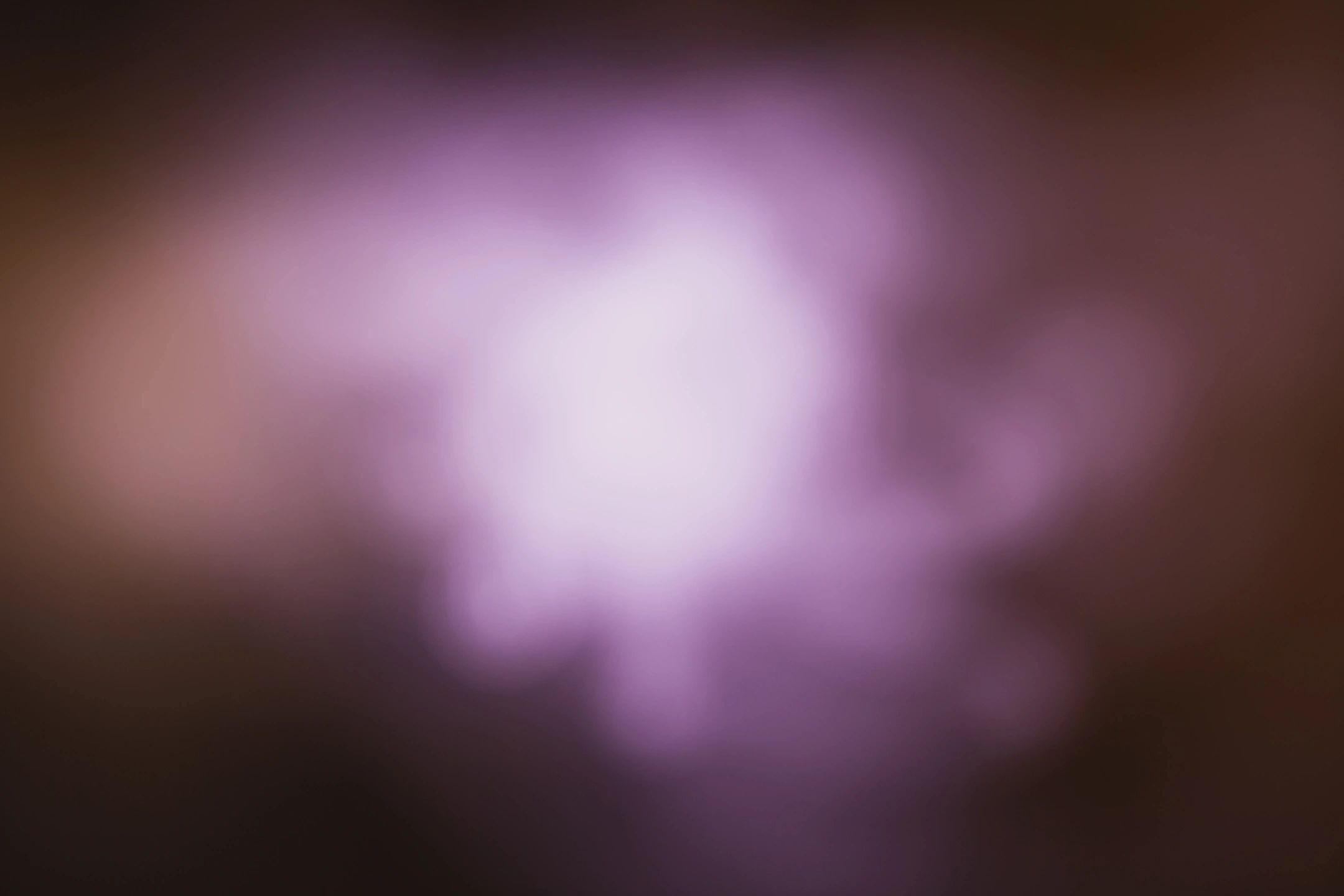Earth is 333,000 times smaller than the Sun. The Sun is 5 times smaller than Sirius A. 200 Sirius As could float across Pluto’s orbit at a time, and Betelgeuse wouldn’t fit inside that orbit, though, because it takes 140,000,000 Sirius As to fit inside of that. However, it would take five Betelgeuses to fit inside of: UY Scuti. Other stars include VY Canis Majoris, 200 million miles smaller in diameter to UY Scuti, but still far bigger than Betelgeuse. Other big stars include Pistol, 1/2 the diameter of Betelgeuse, and Stephenson 2-18, one of the biggest stars in the universe. Its diameter it equal to the combined of UY Scuti’s and Pistol’s. Now, how big do you think supermassive black holes get? It takes 240 of the diameter of UY Scuti to equal that of TON 618, and TON 618 is a speck compared to entire galaxies. The Milky Way: 621,370,000,000,000,000 miles in diameter. That means 23,716,412,000,000,000,000 TON 618s could fit inside. However, the Milky Way is a measly galaxy. The Andromeda Galaxy, right next door, has 20 times the diameter of that of the Milky Way, making that far larger. However, UGC 2885, one of the biggest, has roughly 4 times the diameter of the Andromeda. However, a galaxy is nothing compared to what they live inside of: Groups! The Local Group is 12 times the diameter of UGC 2885, and groups still aren’t the top of the hierarchy. Clusters are still to come! The Coma Cluster, the one we are in right now, is double the diameter of the Local Group, and there is still more than just clusters. The Virgo Supercluster, which holds the Coma Cluster, is 5.5 times the diameter of it, and yet I still have a grand finale. Roughly, very roughly, the Hercules Corona-Borealis Great Wall is 100 times the diameter of the Virgo Supercluster. It is the biggest thing in the observable universe, and is roughly 7,580,064,400,000,000,000,000,000 times the diameter of Earth. Hercules Corona-Borealis Great Wall is only so much of the universe, though, and of the part of it we know, it is only one 9th of the diameter, but, we don’t know all of it, and every day we discover more big stars and galaxies. So, the universe is huge. We don’t know how big, but as we develop better telescopes, we can look farther, maybe one day spot a star the size of TON 618, or see a galaxy the size of the Local Group. Thanks for reading this size comparison article, and please read my other one, Size Comparison: How Big Are We?, about small things. Hopefully you can take some pride in knowing just how huge you are compared to many small things, and gape at just how huge the universe is.

